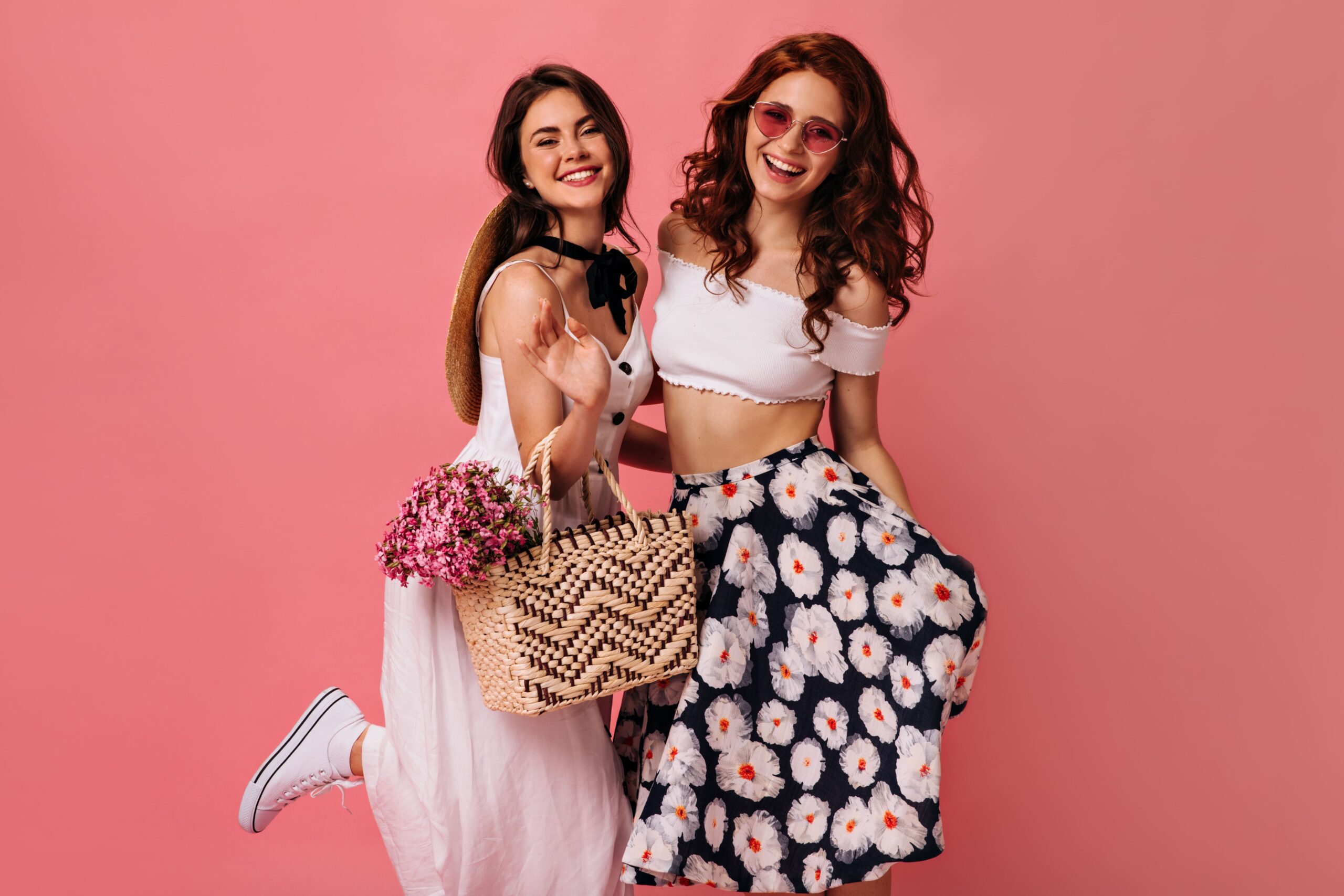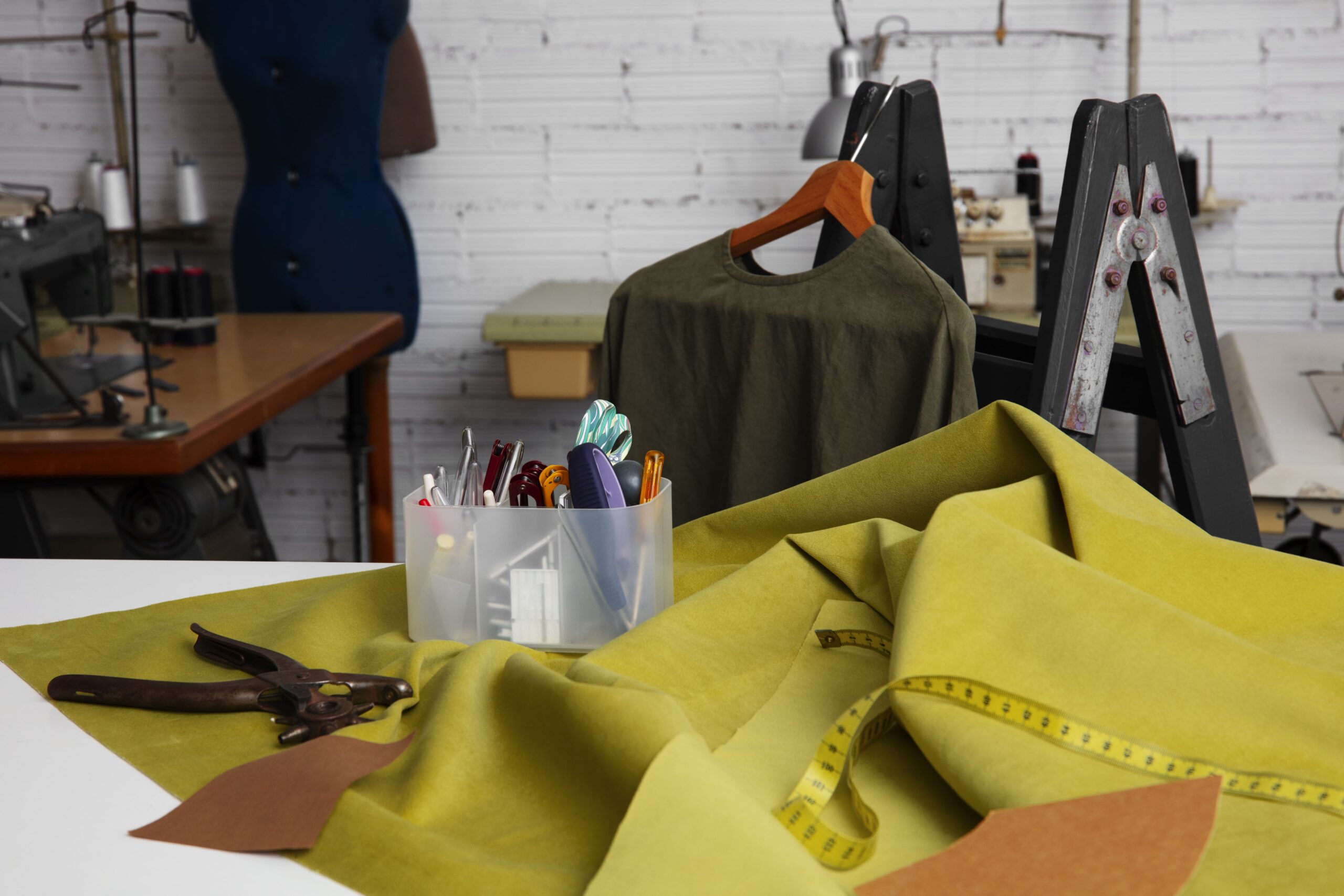
Explore the cutting-edge trends that are shaping the future of fashion in 2024. From innovative eco-friendly materials to ethical production practices, discover how the industry is embracing sustainability. This blog highlights 20 leading trends that are driving change and setting new standards in the fashion world. Stay ahead of the curve with insights into sustainable fashion movements, and learn how you can contribute to a more eco-conscious future.
As our world becomes increasingly aware of the environmental impact of fast fashion, the demand for sustainable and eco-friendly clothing continues to soar. In 2024, fashionistas are not only seeking style but also sustainability. From innovative materials to ethical production practices, let’s delve into the top 20 sustainable fashion trends shaping the industry this year.
1. Regenerative Fashion:
Regenerative fashion goes beyond sustainability, focusing on actively improving ecosystems and communities. Look for brands that prioritize regenerative agriculture and production methods, ensuring that their practices give back to the planet.
2. Upcycled Denim:
Denim remains a wardrobe staple, but in 2024, it’s all about upcycling. From patchwork jeans to repurposed jackets, upcycled denim pieces add a unique flair to your wardrobe while reducing waste and minimizing the environmental footprint of fashion.
3. Vegan Leather Alternatives:
Say goodbye to traditional leather and hello to innovative vegan alternatives. From pineapple-based Piñatex to mushroom leather, designers are creating cruelty-free leather options that are both stylish and sustainable.
4. Zero-Waste Fashion:
Zero-waste fashion aims to minimize waste throughout the design and production process. Look for brands that utilize pattern-making techniques to maximize fabric efficiency, creating chic garments without any leftover material.
5. Digital Fashion:
In the age of virtual experiences, digital fashion is on the rise. From digital clothing for online avatars to blockchain-backed virtual fashion ownership, digital fashion offers a sustainable alternative to traditional apparel consumption by reducing the need for physical production and transportation.
6. Biodegradable Textiles:
Say hello to biodegradable textiles that break down naturally at the end of their life cycle. From plant-based fibers like hemp and bamboo to innovative materials like algae and seaweed, biodegradable textiles offer a sustainable solution to fashion’s environmental impact.
7. Rental and Subscription Services:
Why buy when you can rent? Rental and subscription services are gaining popularity as consumers embrace the sharing economy and seek to reduce their clothing consumption. Renting allows you to enjoy new styles without the environmental cost of ownership.
8. Local and Artisanal Production:
Supporting local artisans and small-scale production is a trend that’s here to stay. By choosing locally made clothing, you not only reduce the carbon footprint of transportation but also support ethical labor practices and preserve traditional craftsmanship.
9. Transparent Supply Chains:
In 2024, transparency is key. Look for brands that provide full visibility into their supply chain, from sourcing materials to manufacturing processes. Transparent brands empower consumers to make informed choices and hold companies accountable for their environmental and social impact.
10. DIY and Customization:
Get creative with DIY and customization projects that breathe new life into old garments. From hand-painted designs to DIY alterations, embracing your inner fashion designer allows you to express your style while reducing waste and promoting individuality.
11. Carbon-Neutral Fashion Shows:
Fashion events are embracing sustainability by striving for carbon neutrality. Look for fashion shows and events that prioritize eco-friendly practices, such as offsetting carbon emissions, minimizing waste, and promoting sustainable transportation options.
12. Circular Fashion Economy:
The circular fashion economy aims to keep clothing in use for as long as possible through strategies like clothing repair, resale, and recycling. Brands and consumers alike are embracing circularity as a solution to the fashion industry’s waste problem.
13. Ethical Labor Practices:
Beyond environmental sustainability, ethical labor practices are a crucial aspect of sustainable fashion. Look for brands that prioritize fair wages, safe working conditions, and worker empowerment throughout their supply chain.
14. Green Packaging Solutions:
Packaging is an often-overlooked aspect of sustainability in fashion. Choose brands that use eco-friendly packaging materials, such as recycled cardboard, biodegradable plastics, and compostable mailers, to minimize waste and reduce environmental impact.
15. Carbon Footprint Calculators:
Some brands are implementing carbon footprint calculators to help consumers understand the environmental impact of their purchases. By providing transparency around the carbon emissions associated with each garment, brands empower consumers to make more sustainable choices.
16. Clothing Swaps and Community Events:
Clothing swaps and community events offer a fun and sustainable way to refresh your wardrobe. Participate in local clothing swaps or organize your own to exchange gently used garments with friends and neighbors, reducing the need for new clothing purchases.
17. Fair Trade Certification:
Look for fair trade certification as a sign that a brand is committed to ethical and sustainable practices. Fair trade certification ensures that workers receive fair wages and work in safe conditions, while also promoting environmental sustainability and community development.
18. Secondhand Shopping Platforms:
Embrace secondhand shopping platforms and thrift stores as a sustainable alternative to buying new. Not only does secondhand shopping reduce clothing waste, but it also allows you to discover unique vintage pieces and support charitable organizations through your purchases.
19. Sustainable Fashion Education:
Educate yourself and others about the importance of sustainable fashion. Follow blogs, podcasts, and social media accounts dedicated to sustainable fashion, attend workshops and events, and share your knowledge with friends and family to spread awareness and inspire change.
20. Advocacy and Activism:
Become an advocate for sustainable fashion by supporting legislation and initiatives that promote environmental and social responsibility in the fashion industry. Use your voice to demand transparency, accountability, and progress towards a more sustainable future for fashion.




